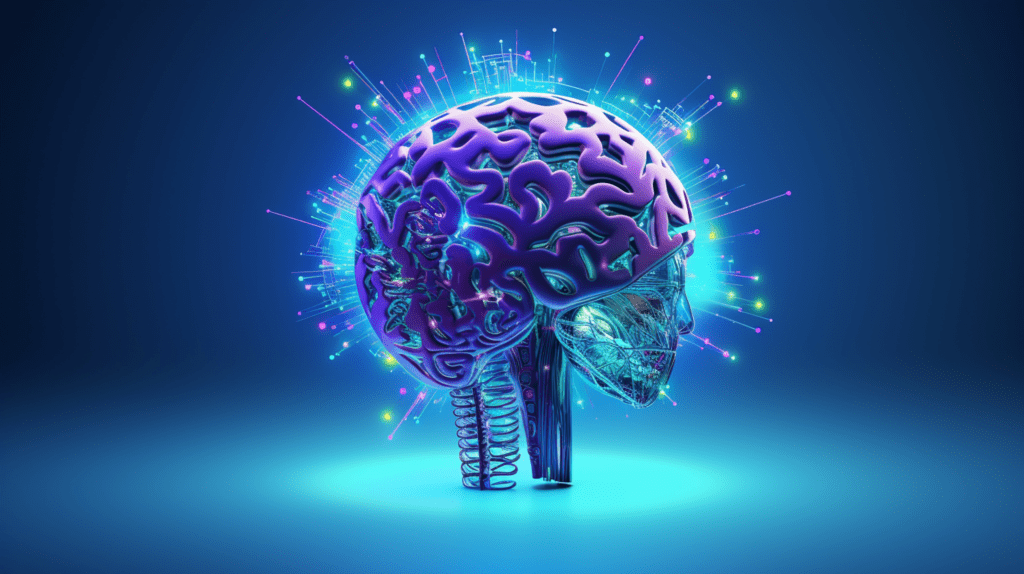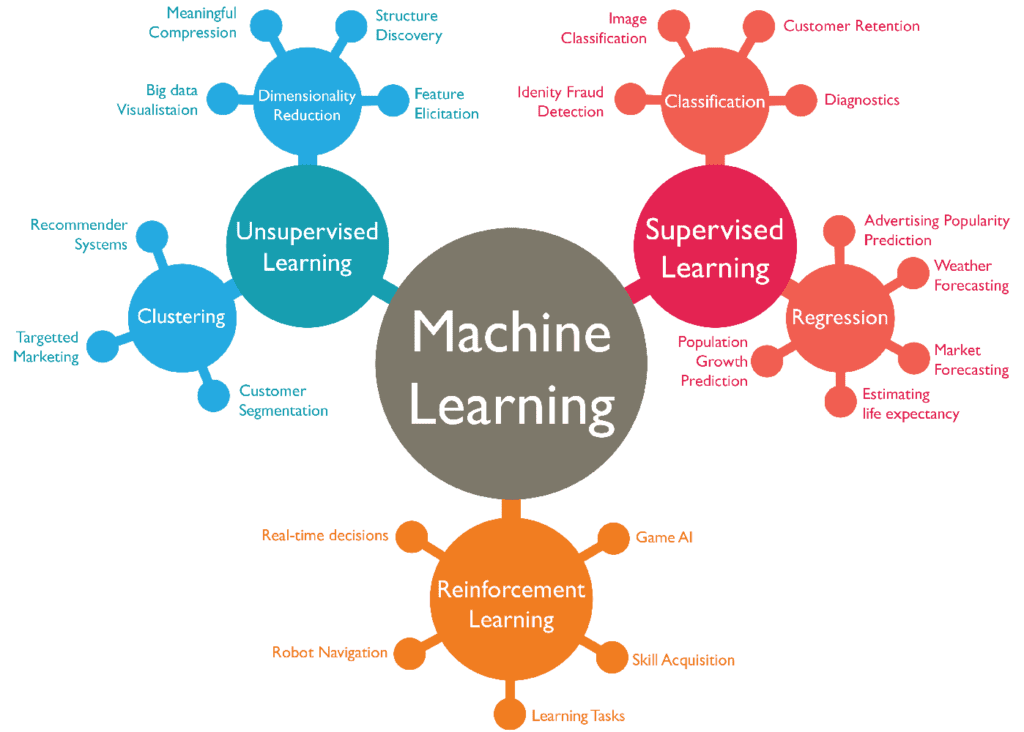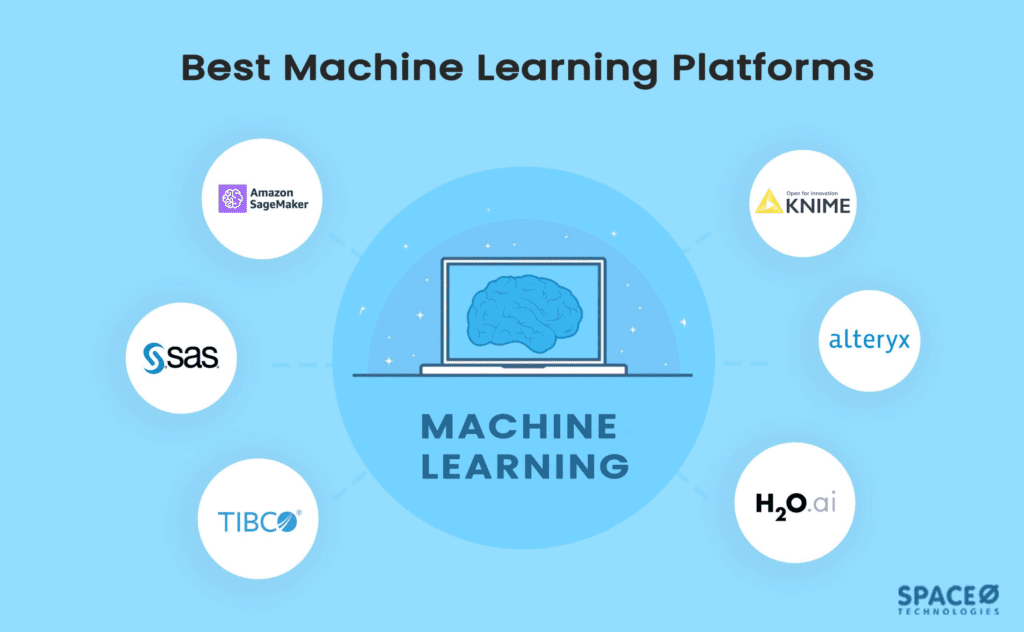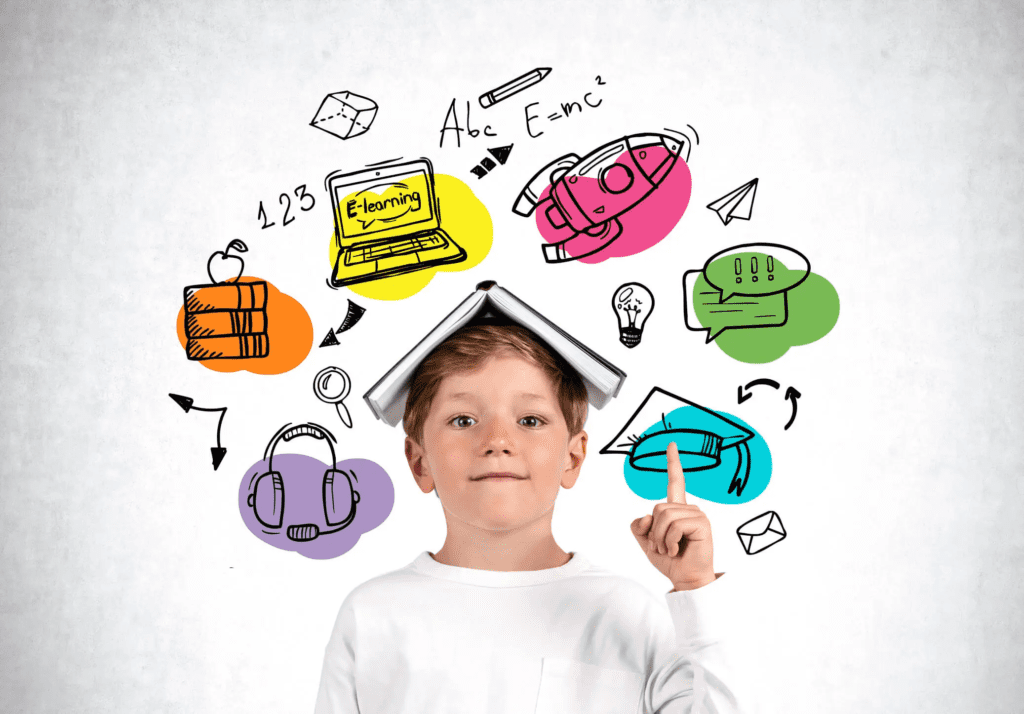Introduction to Machine Learning for Kids
In today’s digital age, where technology permeates every aspect of our lives, understanding the basics of machine learning has become increasingly important. Machine learning, a subset of artificial intelligence, is the science of getting computers to learn and act like humans do, and it’s not just for adults. Teaching machine learning to kids can be both fun and educational, providing them with valuable skills for the future.
Table of Contents
Overview of Machine Learning

Machine learning is a subset of artificial intelligence (AI) that focuses on creating algorithms and models capable of learning from data and making predictions or decisions without being explicitly programmed to do so. It involves developing algorithms that can recognize patterns and learn from them to improve their performance over time.
In essence, machine learning algorithms learn from experience. They analyze large amounts of data, identify patterns, and make decisions or predictions based on that data. This ability to learn from data allows machine learning models to adapt and improve as they are exposed to more information.
There are several types of machine learning algorithms, including supervised learning, unsupervised learning, and reinforcement learning. In supervised learning, the algorithm is trained on labeled data, where the correct output is provided for each input. Unsupervised learning involves training the algorithm on unlabeled data and letting it find patterns on its own. Reinforcement learning involves training the algorithm to make decisions by rewarding or penalizing it based on its actions.
Machine learning has numerous applications across various industries, including healthcare, finance, retail, and technology. Some common applications include predictive analytics, natural language processing, computer vision, and recommendation systems.
Overall, machine learning plays a crucial role in enabling computers to perform tasks that traditionally require human intelligence, making it a powerful tool for solving complex problems and driving innovation in the digital age.
Machine Learning Icon

The Machine Learning icon typically represents the concept of artificial intelligence (AI) algorithms that enable computers to learn from data and make predictions or decisions without being explicitly programmed. It often features symbols such as a neural network, which mimics the structure of the human brain and is commonly used in machine learning models. The icon may also include elements like data points or graphs to convey the idea of analyzing and processing data to extract meaningful insights. Overall, the Machine Learning icon serves as a visual representation of the innovative technology driving advancements in various fields, from healthcare and finance to marketing and beyond.
Types of Machine Learning

- Supervised Learning: In supervised learning, the algorithm is trained on labeled data, where each example is paired with a corresponding target label. The algorithm learns to make predictions by mapping input data to output labels.
- Unsupervised Learning: Unsupervised learning involves training the algorithm on unlabeled data, where the goal is to find patterns or structure within the data without explicit guidance.
- Reinforcement Learning: Reinforcement learning is a type of machine learning where an agent learns to make decisions by interacting with an environment. The agent receives feedback in the form of rewards or penalties based on its actions, allowing it to learn optimal strategies over time.
Importance of Introducing Machine Learning to Children

Enhancing Critical Thinking Skills
One of the key benefits of teaching machine learning to kids is the enhancement of their critical thinking skills. By learning how algorithms work and how to train them, children develop analytical thinking and problem-solving abilities.
Fostering Problem-Solving Abilities
Machine learning encourages kids to approach problems in innovative ways. Through experimentation and trial-and-error, they learn to devise solutions and adapt their approaches, fostering resilience and creativity.
Ways to Teach Machine Learning to Kids
Interactive Games and Activities
Engaging kids in interactive games and activities is an effective way to introduce them to the concepts of machine learning. Activities like building simple predictive models or creating chatbots can make learning enjoyable and accessible.
Storytelling and Visualization Techniques
Utilizing storytelling and visualization techniques can make complex concepts easier for kids to grasp. By presenting machine learning principles in a narrative format or through visual aids, children can better understand abstract concepts.
Popular Tools and Platforms for Teaching Machine Learning

Scratch
Scratch is a beginner-friendly programming language that allows kids to create interactive stories, games, and animations. It also features extensions for incorporating machine learning concepts, making it an ideal platform for introducing kids to the basics of AI.
Code.org
Code.org offers a wide range of resources and tutorials for teaching coding and computer science to children. Their AI for Oceans activity introduces kids to machine learning concepts through a hands-on, interactive experience.
AI for Kids
AI for Kids is an educational platform specifically designed to teach children about artificial intelligence and machine learning. Through courses, workshops, and projects, kids can learn the fundamentals of AI in a fun and engaging way.
Real-Life Applications of Machine Learning for Kids

Machine learning has numerous real-life applications that children can relate to and understand.
Image Recognition
Kids can learn about image recognition by exploring how facial recognition technology works or by building their own image classifier to identify objects.
Voice Recognition
Voice recognition technology, like virtual assistants, provides a tangible example of machine learning in action. Kids can learn about the algorithms behind speech recognition and even create their own voice-controlled applications.
Personalized Recommendations
Children encounter personalized recommendations on a daily basis, from suggested videos on YouTube to recommended books on Amazon. Understanding how these recommendations are generated can help kids grasp the concept of machine learning algorithms.
Challenges and Considerations in Teaching Machine Learning to Children

Complexity and Simplification
One challenge in teaching machine learning to kids is finding the right balance between complexity and simplification. Concepts need to be explained in a way that is accessible to children without oversimplifying or losing their essence.
Ethical Awareness
Teaching machine learning also involves instilling ethical awareness in children. They need to understand the implications of AI technology, including issues like bias, privacy, and algorithmic transparency.
Conclusion
Introducing machine learning to kids at an early age can have numerous benefits, from enhancing critical thinking skills to fostering creativity and innovation. By leveraging interactive tools and real-life examples, children can develop a deeper understanding of AI concepts and their applications in the world around them.
FAQ’s
Can kids learn machine learning without prior programming experience?
Yes, there are many beginner-friendly resources and platforms available that make learning machine learning accessible to children without prior programming experience.
What age is appropriate to start teaching machine learning to kids?
Children as young as elementary school age can begin learning the basics of machine learning through age-appropriate activities and games.
Are there any risks associated with teaching machine learning to children?
While teaching machine learning to children can be beneficial, it’s important to educate them about ethical considerations and potential risks, such as bias and privacy concerns.
How can parents support their children’s learning of machine learning?
Parents can encourage their children’s interest in machine learning by providing access to educational resources, participating in activities together, and fostering a supportive learning environment.
What are some future career opportunities for kids who learn machine learning?
Learning machine learning at a young age can open up various career opportunities in fields such as artificial intelligence, data science, and computer programming.
What are some popular machine learning algorithms?
Some popular machine learning algorithms include linear regression, logistic regression, decision trees, random forests, support vector machines, k-nearest neighbors, and neural networks.
What skills are required to work in machine learning?
Skills required for a career in machine learning include programming (Python is commonly used), mathematics (especially linear algebra and calculus), statistics, data analysis, and domain knowledge in the specific field of application.


